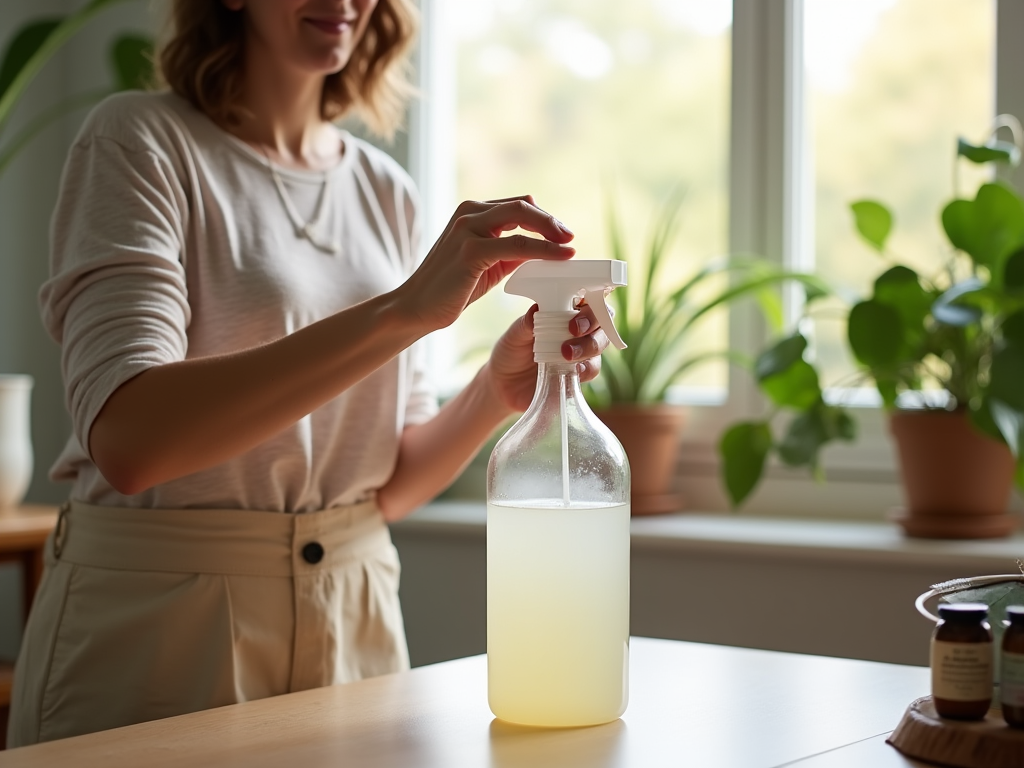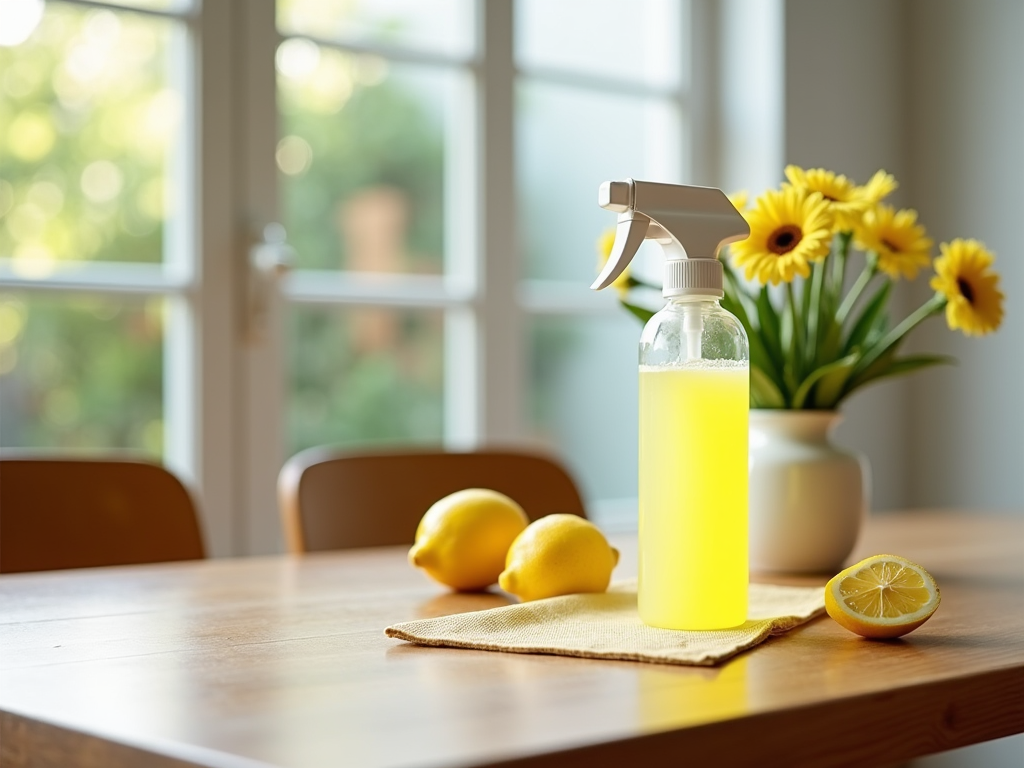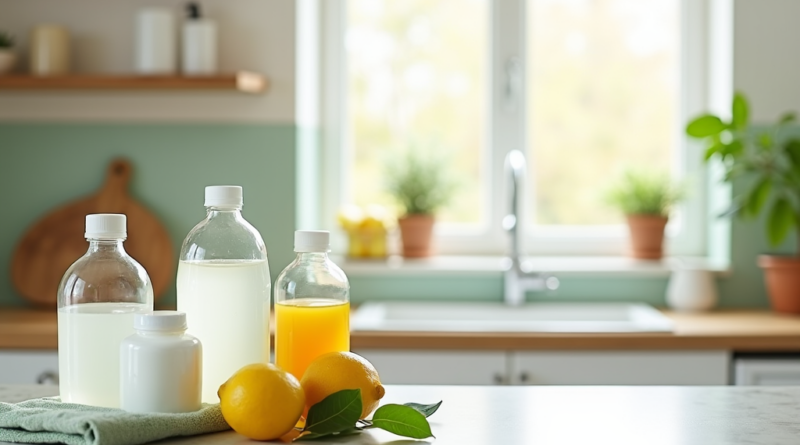Do DIY Cleaning Ingredients Actually Kill Germs?
In a world increasingly aware of hygiene and sanitation, the quest for effective cleaning solutions has never been more relevant. While traditional cleaning products have dominated the market for decades, many people are now turning to DIY cleaning ingredients as a more natural and cost-effective alternative. But this rise in popularity begs the question: do these homemade concoctions actually keep our living spaces germ-free? As we delve deeper, we’ll explore the effectiveness of commonly used DIY ingredients in combating germs, their limitations, and best practices for use. This exploration will also highlight whether these solutions can truly stand up to rigorous germ-killing standards.
To fully grasp the impact of DIY cleaning ingredients, understanding the nature of germs is essential. Germs, including bacteria, viruses, and fungi, thrive in a variety of environments, often spreading rapidly in our homes. They can lead to illnesses, especially when they proliferate on surfaces we frequently touch. Conventional disinfectants play a critical role in germ prevention, protecting us from a multitude of pathogens that can affect our health. As we look at household germ culprits, it becomes clear that effective cleaning requires a multifaceted approach.
Understanding Germs and Their Impact

- Germs can be categorized into three main types: bacteria, viruses, and fungi.
- They often spread through direct contact, airborne particles, or contaminated surfaces.
- The CDC notes that disinfecting surfaces can reduce the risk of illness and infection.
- High-touch surfaces like doorknobs and light switches are hotspots for germ buildup.
- Regular cleaning can help mitigate the spread of common illnesses such as colds and flu.
Common DIY Cleaning Ingredients

When it comes to DIY cleaning, several ingredients are consistently favored for their versatility and effectiveness. The following list includes some of the most commonly used ingredients:
- Vinegar: Known for its acidity, vinegar is often employed for its cleaning and deodorizing properties.
- Baking Soda: A gentle abrasive that helps lift tough stains and neutralizes odors.
- Lemon Juice: Its natural acidity provides cleansing abilities while leaving a fresh scent.
- Essential Oils: Oils like tea tree and eucalyptus have antibacterial and antifungal properties.
Do DIY Ingredients Actually Kill Germs?
Understanding whether these natural ingredients effectively kill germs requires a deeper look at their individual properties. Many people assume that vinegar alone can sanitize a surface because it is a common ingredient with strong cleaning abilities. However, while it may remove some bacteria, it is not universally effective against all germs. Baking soda, on the other hand, excels in deodorizing and removing grime but lacks true disinfecting capabilities.
Effectiveness of Vinegar
A study indicates that vinegar can reduce bacterial counts on surfaces by about 90%, but it may not be effective against more resilient strains, such as Salmonella. This limitation highlights the importance of knowing the spectrum of germs your cleaning solution targets. When used as a cleaner, vinegar should ideally be combined with other germ-killing agents to enhance its effectiveness. As such, relying solely on vinegar for disinfection may not be adequate, particularly in high-risk areas.
Baking Soda’s Role in Cleaning
While baking soda is fantastic for eliminating odors and scrubbing surfaces, it does not possess inherent antibacterial properties. It’s effective for cleaning, yet when it comes to killing germs, it falls short compared to more potent disinfectants. Understanding its strengths and weaknesses is crucial—use it for what it excels at, like deep cleaning your kitchen or bathroom, but not as a standalone disinfectant.
How to Make DIY Cleaning Solutions
Creating effective DIY cleaners can be both fun and rewarding. Below are some basic recipes that can enhance your cleaning routine:
- All-Purpose Cleaner: Mix equal parts water and vinegar with a few drops of essential oil.
- Scrub Paste: Combine baking soda and enough water to form a paste to scrub surfaces.
- Disinfecting Spray: Use a blend of lemon juice, water, and vinegar for a natural disinfectant.
| Ingredient | Cleaning Power | Germ-killing Ability |
|---|---|---|
| Vinegar | Mild Antibacterial | Moderate |
| Baking Soda | Stain Remover | Poor |
| Lemon Juice | Natural Cleaner | Moderate |
| Essential Oils | Antimicrobial | Good |
Limitations of DIY Cleaning Ingredients
It’s essential to recognize that while DIY cleaning solutions can be effective, they are not a one-size-fits-all answer to germ eradication. Certain pathogens, particularly those that are highly contagious or resistant, necessitate commercial disinfectants that are formulated for efficacy. Furthermore, the concentration and contact time of these substances play vital roles in their ability to kill germs. That said, understanding the limitations of your DIY solutions can help you decide when to use them versus when to opt for store-bought products.
Conclusion
In summary, while DIY cleaning ingredients can be effective in certain circumstances, their germ-killing abilities are variable. Vinegar, lemon juice, baking soda, and essential oils each have roles to play but can fall short compared to commercial disinfectants in terms of efficacy against a broader range of germs. Ultimately, the best approach is to integrate DIY solutions with conventional products, optimizing your cleaning routine for both effectiveness and safety. By doing so, you not only harness the benefits of natural ingredients but also ensure that your home remains a healthy environment.
Frequently Asked Questions
- Do vinegar and baking soda kill germs? Vinegar has some antibacterial properties, but it’s not effective against all germs; baking soda helps with cleaning but is not a disinfectant.
- What is the best DIY solution for disinfecting surfaces? A combination of vinegar and essential oils, like tea tree oil, can serve as a good disinfectant, though commercial products are often more effective.
- Can lemon juice disinfect surfaces? Lemon juice has some antibacterial properties and can be effective against certain bacteria, but it’s not as reliable as dedicated disinfectants.
- Is it safe to mix vinegar and baking soda? While it’s safe to mix them, the reaction between vinegar and baking soda neutralizes their individual cleaning properties. Use separately for best results.
- How frequently should I clean with DIY solutions? For high-touch areas, it’s recommended to clean daily, while other surfaces can be cleaned weekly or bi-weekly, depending on usage.
